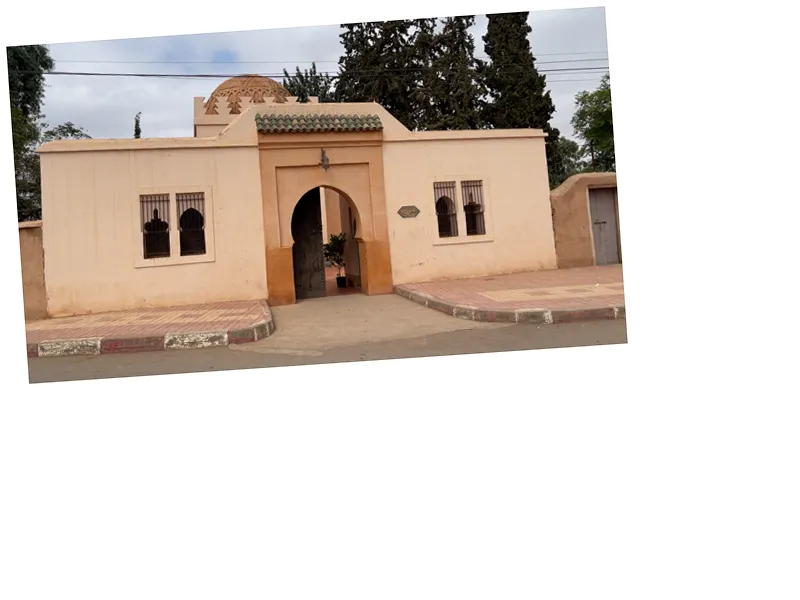The Historical Significance of the Bath of Lady Maryam
The Bath of Lady Maryam, located at the Lions Gate in Jerusalem, stands as a crucial landmark in the city’s rich social and religious tapestry. Known for its cleanliness and deep-rooted legends, this bathhouse has been a site of pilgrimage for many women seeking fertility, inspired by the tales of the Virgin Mary. Women would traditionally visit the bath carrying offerings such as candles, oil, and perfumes, hoping to conceive like Mary did.
Architectural Heritage and Origins
Dating back to the Roman period, the current structure of the Bath of Lady Maryam was established during the Ottoman rule in the 16th century. It draws its water from one of the six fountains constructed by Sultan Suleiman the Magnificent. This bathhouse was operated under the Islamic Endowments and has a long history of being leased to the Greek Orthodox Church. Unfortunately, it ceased operations after being burned during the British Mandate, leaving it closed to this day.
Cultural Role and Community Impact
Before its closure, the Bath of Lady Maryam served as a vibrant social hub in Jerusalem. It operated in two shifts for men and women, allowing for community interaction where people gathered to discuss politics and socialize over coffee. The bathhouse was more than just a place for hygiene; it was a venue for matchmaking and community bonding, reflecting the integral role such establishments played in Jerusalem's social life.
- The Bath of Lady Maryam is also known as the Bath of the Lions’ Gate and is located next to the Church of Saint Anne. Its historical accounts suggest that it was the first bath built in Jerusalem, with its significance growing over the centuries. Popular folklore has linked it to several prominent figures, including the Virgin Mary and Queen Bilqis of Yemen, adding to its allure and cultural importance. Despite its historical significance, the bath has faced challenges, particularly during the British Mandate, which led to its destruction. However, efforts have been made by the Arab Hotels Association to restore and reopen this iconic site, highlighting its potential to serve as a cultural and historical attraction in Jerusalem once again.






